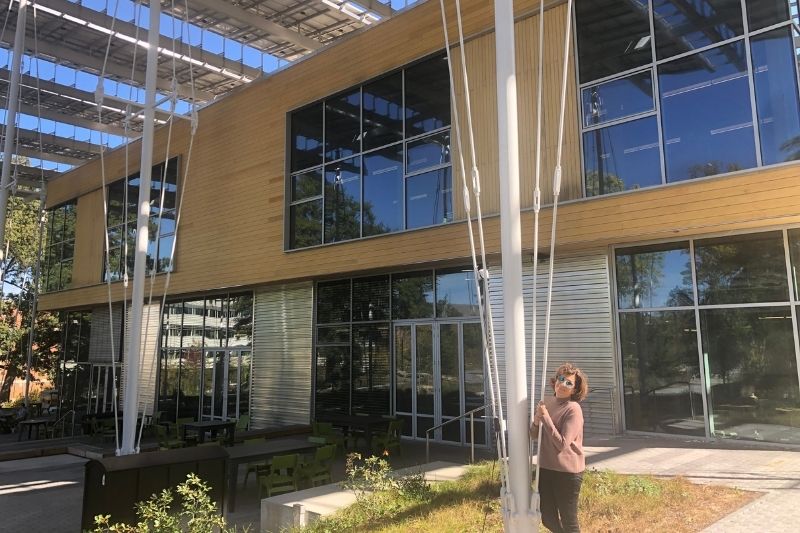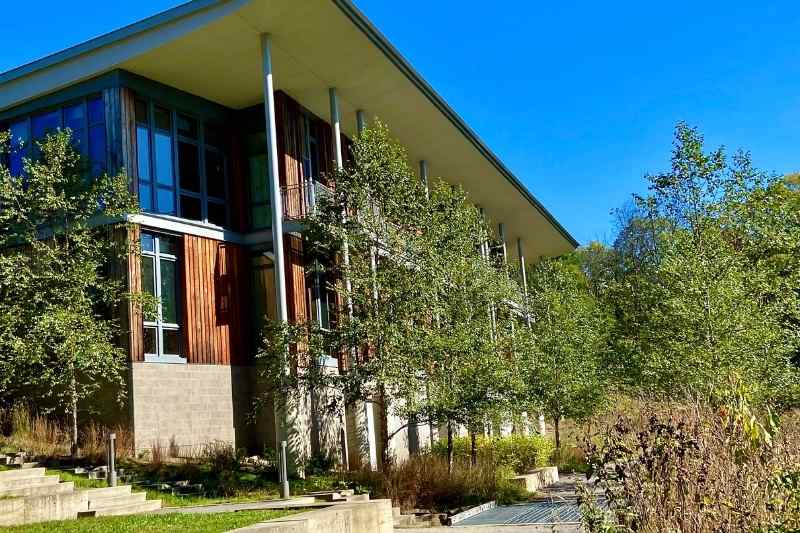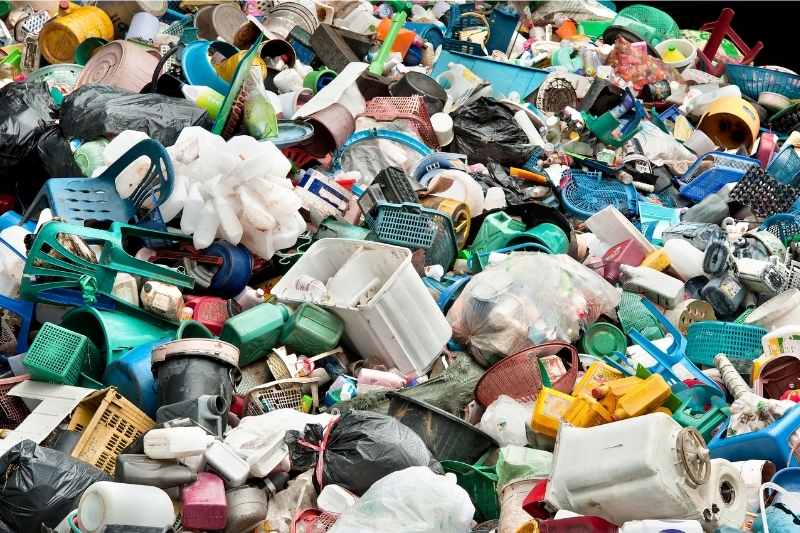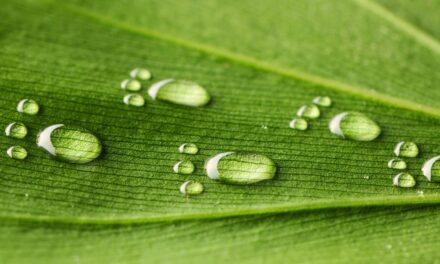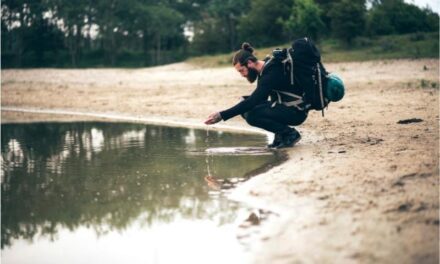Living builds give a respite to city-dwellers.
People thrive in nature, not concrete jungles. How do we balance city living with nature? By developing living buildings. The International Living Future Institute (ILFI) is working to build an ecologically-minded restorative world for all people. They are pushing for an urban environment free of fossil fuels.
The ILFI has created the Living Building Challenge – the world’s most rigorous green building standard. The core green building standard is a simple framework that outlines seven performance categories or “petals” that a building must achieve to be a sustainable building.
The seven performance categories of the core green build standard are:
- Place – ecology of the place, human-scaled living
- Water – responsible water use
- Energy – energy and carbon reduction
- Health & Happiness – healthy interior environment, access to nature
- Materials – responsible material usage
- Equity – universal access and inclusion
- Beauty – beauty and biophilia, education and inspiration
You might be wondering, is it really possible for buildings to meet these best practices?
Yes, it is! We have visited two of them: The Kendeda Building for Innovative Sustainable Design on the Georgia Tech campus in Atlanta, GA. And the Frick Environmental Center in Pittsburg, PA.
The Kendeda Building for Innovative Sustainable Design is a winner of the Living Building Challenge Certification.
It is one of the greenest buildings in the world as it is regenerative. Over a year, it collects and infiltrates into the ground 15 times the amount of water needed to operate it. Its photovoltaic system supplies over 200% of the buildings’ energy needs. This building is green, beautiful, and a joy to all using its space. The featured image for this blog is a photo of OPL Founder Lorie during a recent visit to the Kendeda Building.
The Frick Environmental Center is a Living Building dedicated to experiential environmental education.
The building is on a four-acre site and is the gateway to Pittsburgh’s wooded 644-acre Frick Park. It has the esteemed honor of being the first municipality-owned and free-to-the-pubic building to get this certification.
The facility produces as much energy as it consumes, eliminates toxic and harmful chemicals, and collects and treats its water. The Frick is a favorite of One Planet Life.
There are 28 buildings certified living and 26 certified net zero.
Visit the International Living Future Institute website and check if there is a living building you can visit near you. If you visit, send us a picture and let us know your thoughts. We hope you are inspired by what is possible. Let’s be a voice to ask for more living buildings!

Written by Lorie Buckingham
OPL Founder and Wayfinder
“Over the years, I was struck by how our lifestyles cause stress both on us and the planet. This led me to explore and learn about sustainability and wellness. With a deeper understanding, I began to make tangible changes in my life. One Planet Life LLC was founded to connect with others on this journey. I hope that together we can make a significant difference for people and the planet.”

